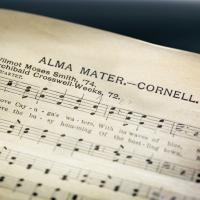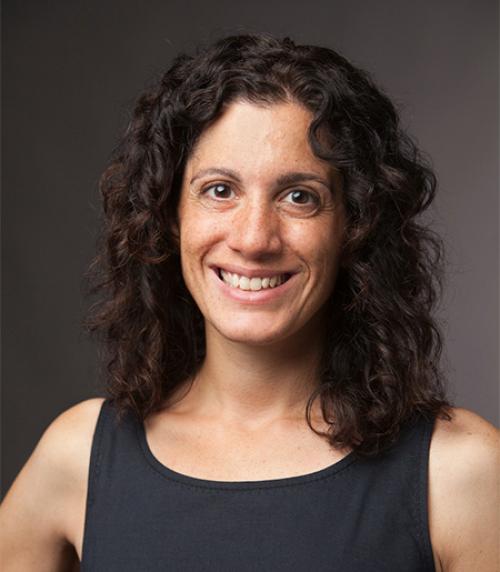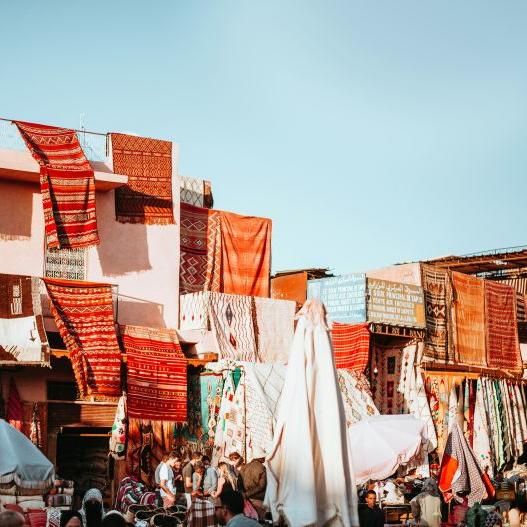
 Department Homepage
The College of Arts & Sciences
Department Homepage
The College of Arts & Sciences
Khatchadourian on the Naqsh-i Rustam Monument
Photograph by Lloyd Llewellyn Jones, https://persianthings.wordpress.com/2013/02/02/184/darius_tomb/



